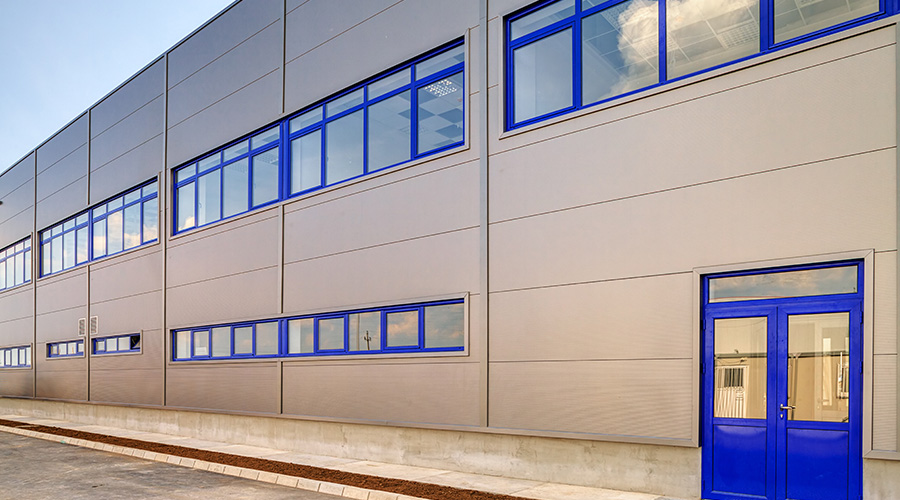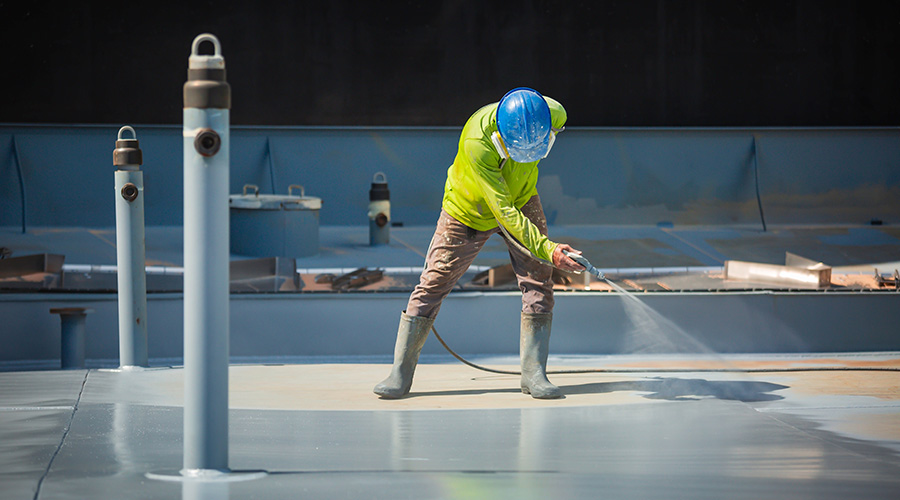Paints: How to Match Formulation with Substrate
Careful surface preparation is essential for a durable and lasting paint application that adheres well and retains a pleasing appearance. No matter the substrate material, it must be dry, sound and free of dirt, dust, chemicals, and foreign material.
Concrete and masonry primers are effective for blocking and sealing masonry surfaces. All-surface primers are available and perform well on concrete, wood, drywall, and metal. Manufacturers have formulated multi-purpose latex primers specifically to block tar and grease stains that can penetrate below the surface. Workers also can apply a range of oil and latex finishes, as long as the products have been formulated to bind with the primer.
Wood primers — exterior or interior, and oil or latex — will seal surfaces and provide an excellent base for the finish coat. Other options include all-surface, enamel-oil, and enamel-latex products. To achieve a successful application, painters must remove loose material from the wood surface and feather the edges so the paint blends evenly. Even indoors, wood can absorb moisture, so painters must make sure the surface also is dry.
Managers often schedule outdoor painting in the fall, when humidity is low in many parts of the country. Using oil-based finishes for such applications, painters must be sure to clean the surface with thinner and let it dry before painting.
Drywall, spackle and joint compound have very different absorption rates, so a primer or sealer is essential for new drywall. Whether it is a completely new surface or spot repairs on an old surface, painters will save time and produce a better result by first covering nail heads, applying tape and joint compound, and removing all dust. Environmentally responsible acrylic latex paints are appropriate choices for the finish coat.
Recent improvements allow the use of the same zinc-chromate primer on iron, steel, aluminum and galvanized steel. Painters also can apply finish coats of enamel, epoxy, acrylic, or alkyd formulations. Before priming, it is important to follow the recommended standard paint-preparation steps exactly as the manufacturer specifies.
When repainting metalwork or machinery, painters should remove rust, oil, grease, and dirt, then rough up high-gloss painted surfaces using an emery cloth or sandblasting.
Related Topics:














